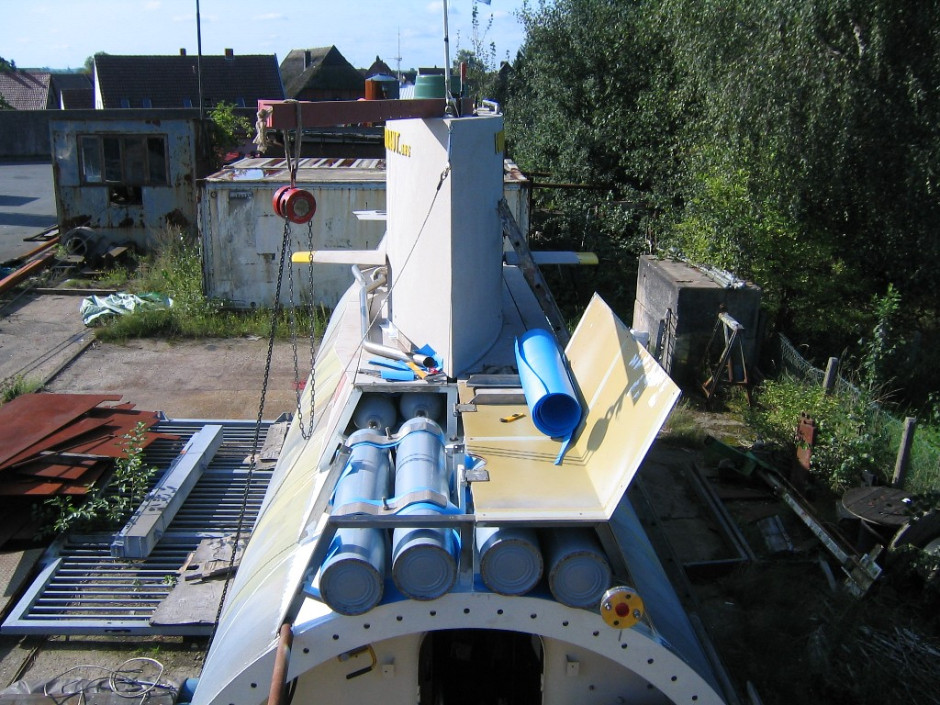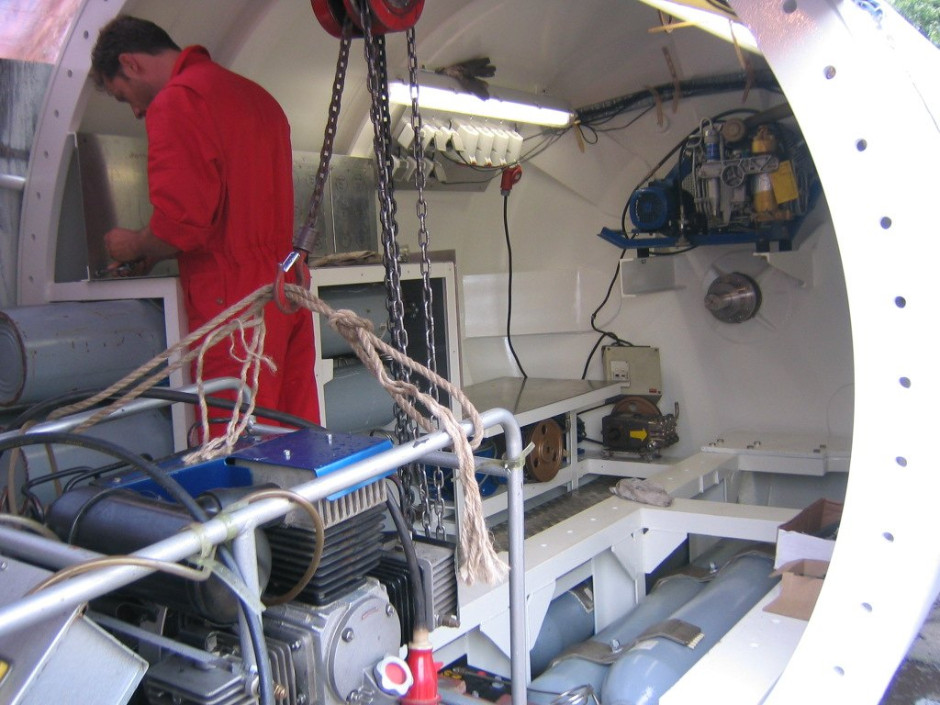
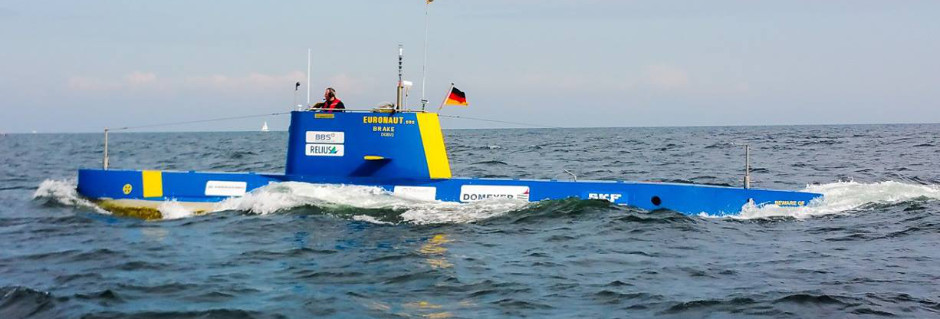
 Euronaut: a 'proper' garage-built midget submarine
Euronaut: a 'proper' garage-built midget submarine
There are only handful of civilian submersibles which are in any respect comparable to military midget subs. The architects and builders of these projects deserve the greatest respect and secret envy. The Euronaut, which has been built for wreck diving, is an incredible example of this rare breed.
Very large by civilian standards, the Euronaut is relatively sophisticated and heavily built, able to dive to an impressive 250m (test depth 320m). The sub will operate with a 5 person crew for up to 7 days before surfacing.
Project website: euronaut.org - masses of info and photos. And on Facebook
Interior
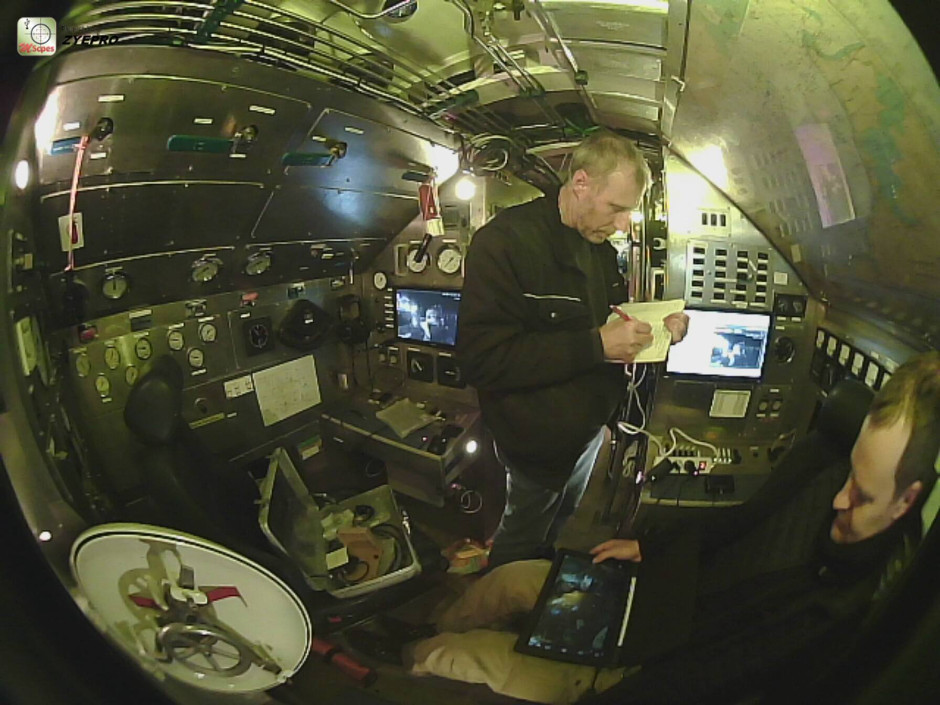
Above: View of the Control Room using a fisheye lens. There is room to stand up which is a serious consideration for multi-day operations.
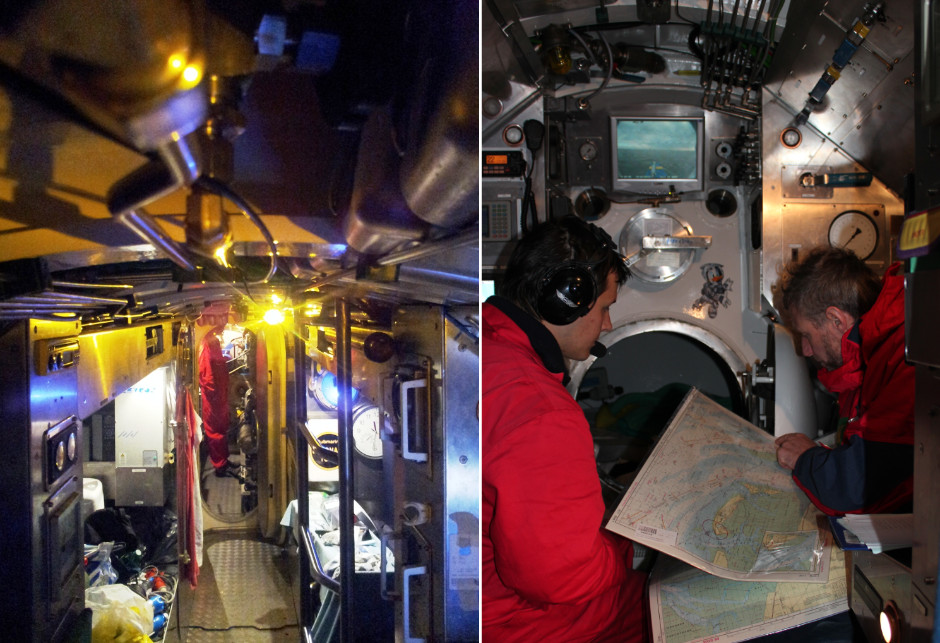
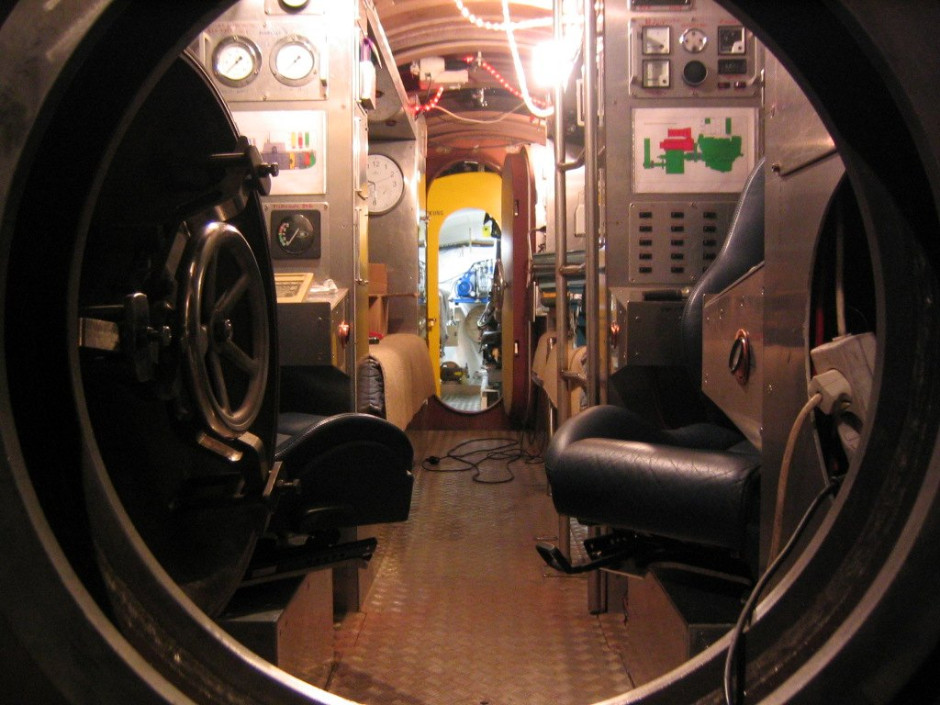
Above: Another view of the control room, this time during construction.
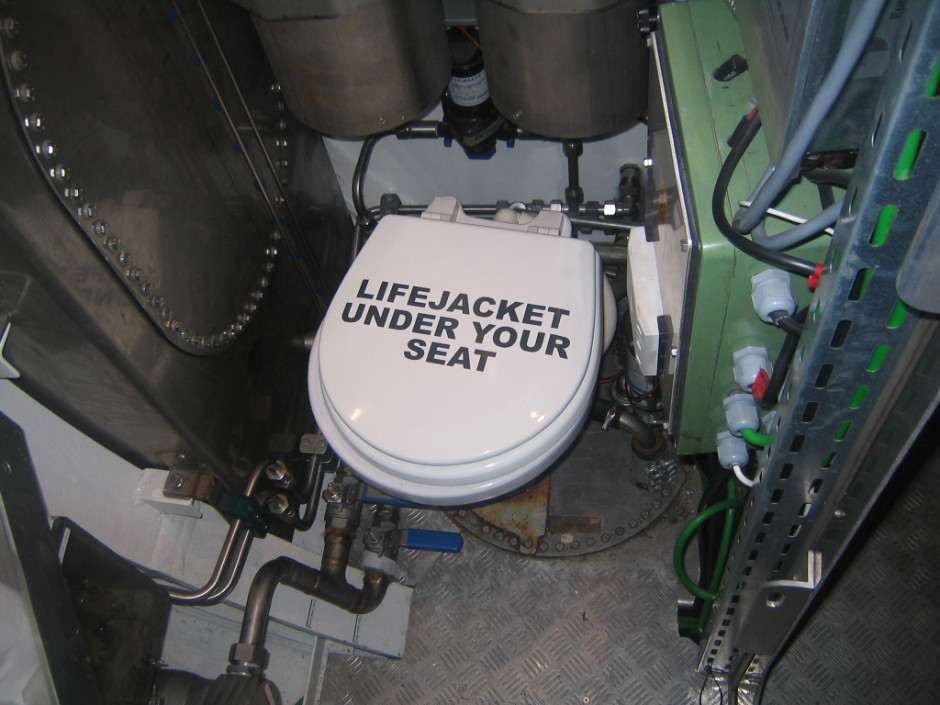
Above: a vital feature not to be underestimated on a midget submarine. The guidance might be misleading.
Diver's chamber
The diver’s chamber can be pressurized much higher than the rest of the crew area remains at 1 bar (ambient pressure), and has been tested to 32 bar.
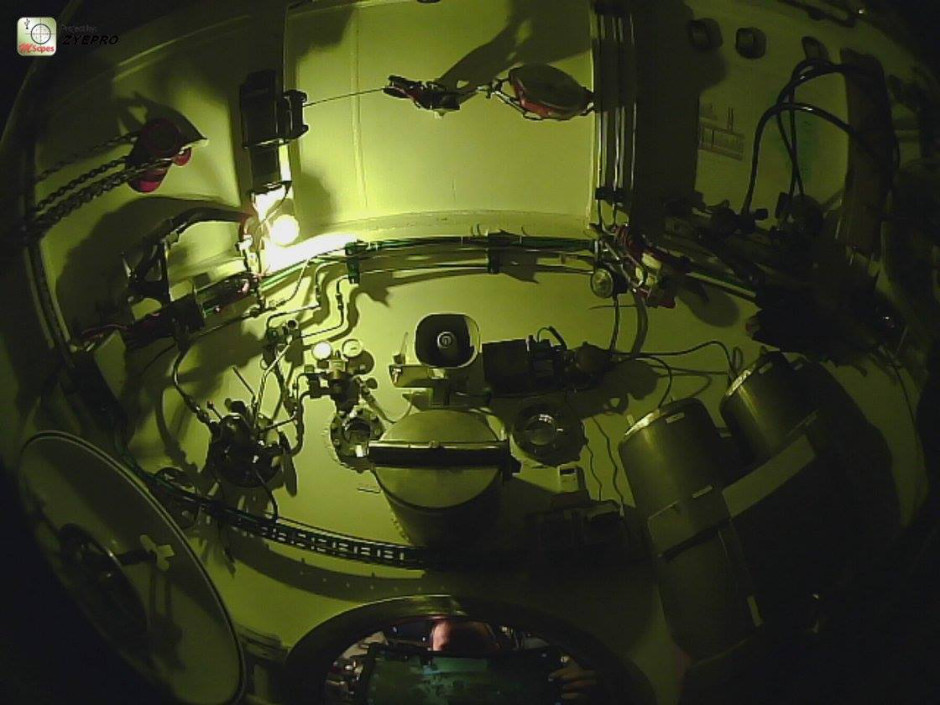
Above: Rare diver’s perspective view looking up from the moon pool hatch in the bottom of the diving chamber. Note the pulley above the overhead.
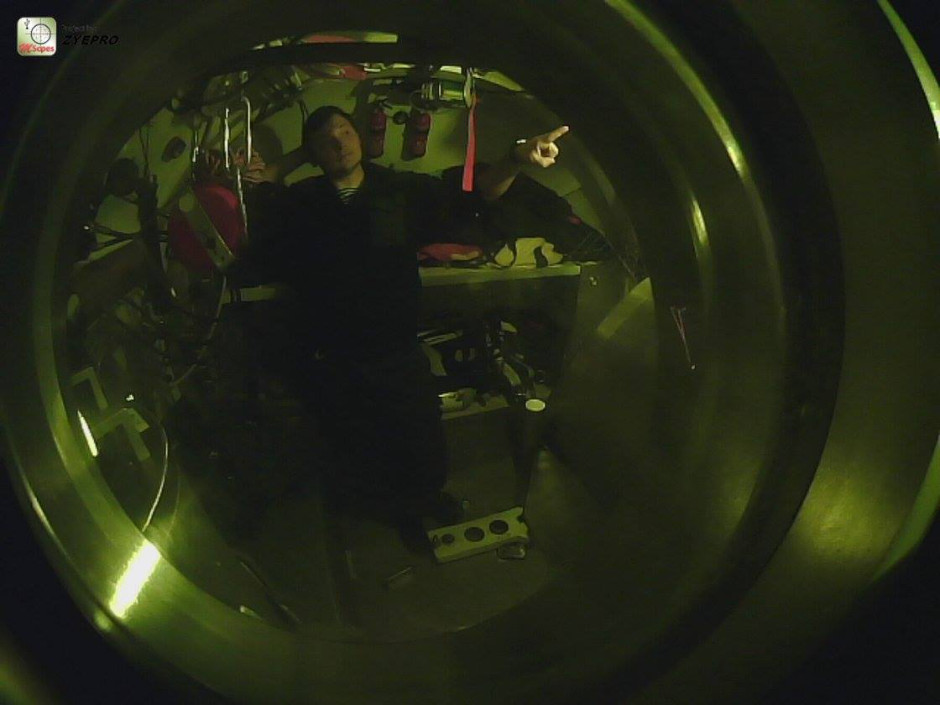
Above: Another view of the diver’s lock-out chamber with the moon pool in the bottom, this time looking in through the hatch from the Control Room. There are two bunks in this space and it can be used for diver compression/decompression.
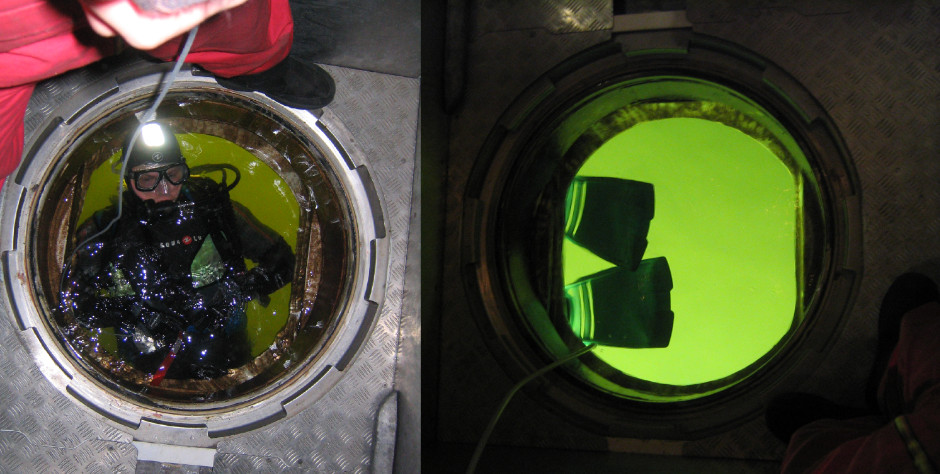
Above: looking down at the moon pool where divers exit and re-enter the sub.
The ultimate book of Special Forces subs Covert Shores 2nd Edition is the ONLY world history of naval Special Forces, their missions and their specialist vehicles. SEALs, SBS, COMSUBIN, Sh-13, Spetsnaz, Kampfschwimmers, Commando Hubert, 4RR and many more.
Check it out on Amazon
Wreck hunting
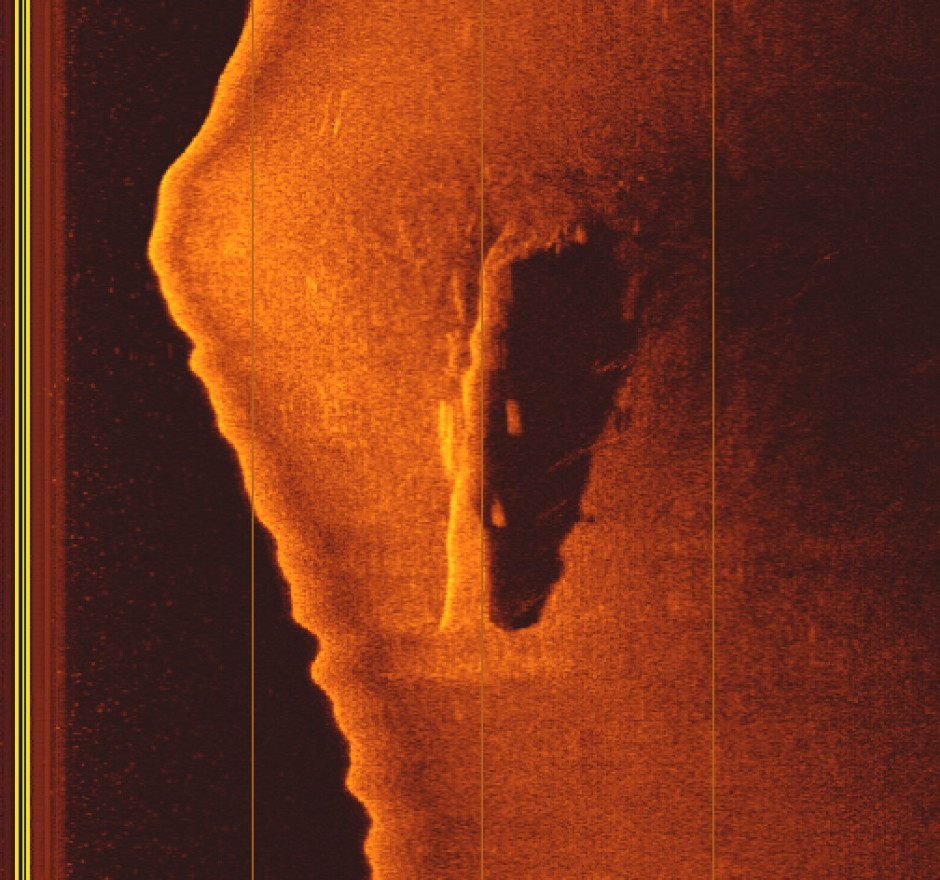
Above: A side-scan sonar image of the wreck of a German Seehund two man midget submarine from World War Two in the Baltic. The Euronaut has its own onboard side scan sonar, and the crew anyway includes successful wreck hunters with a back catalogue of wreck finds, particularly of submarines (S.M. UC71, HMS E-16, H.M.S. Seahorse).
Exterior
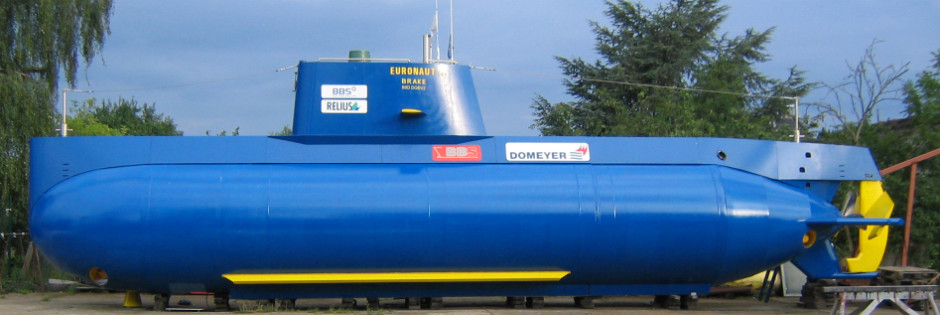
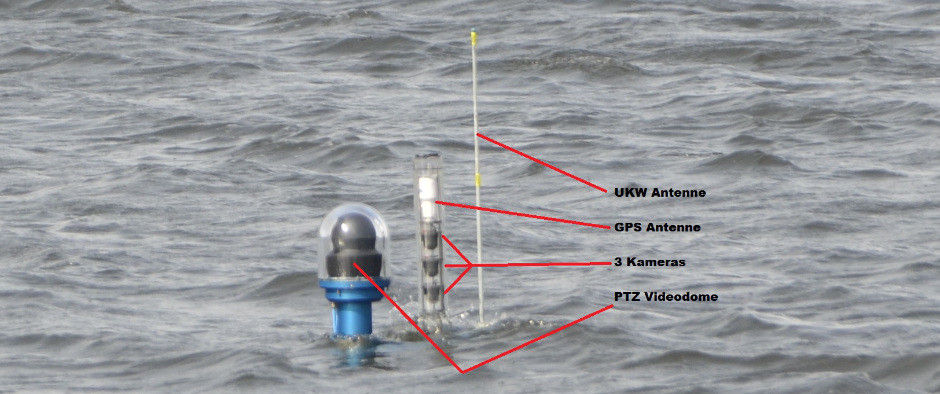
Above: Masts deployed.
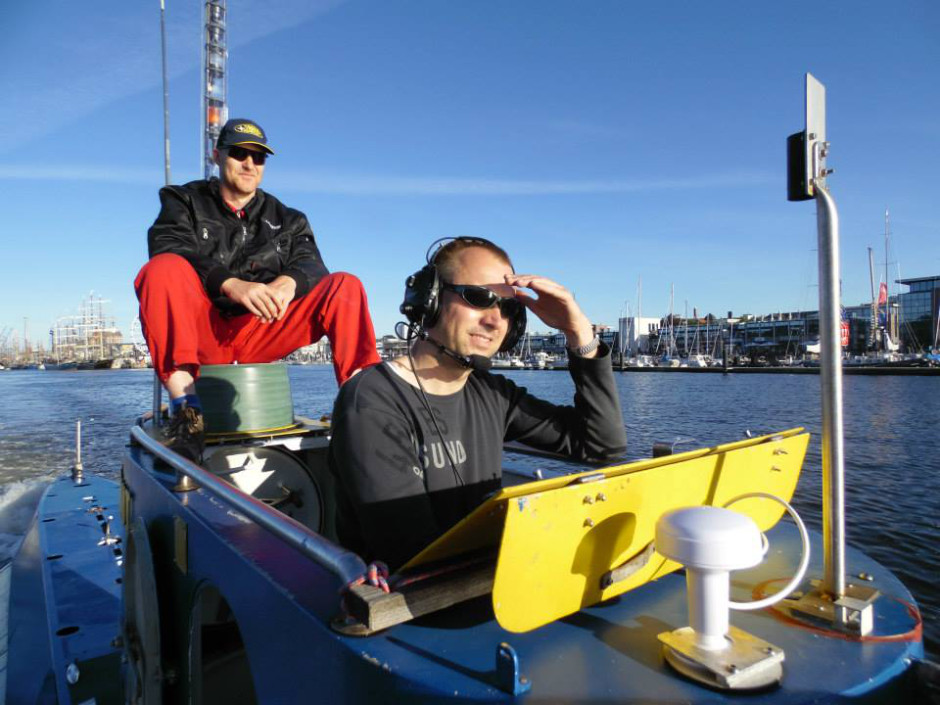
Above: Crew sitting in the sail while navigating on the surface. The mast at the front can mount a magnetic compass.
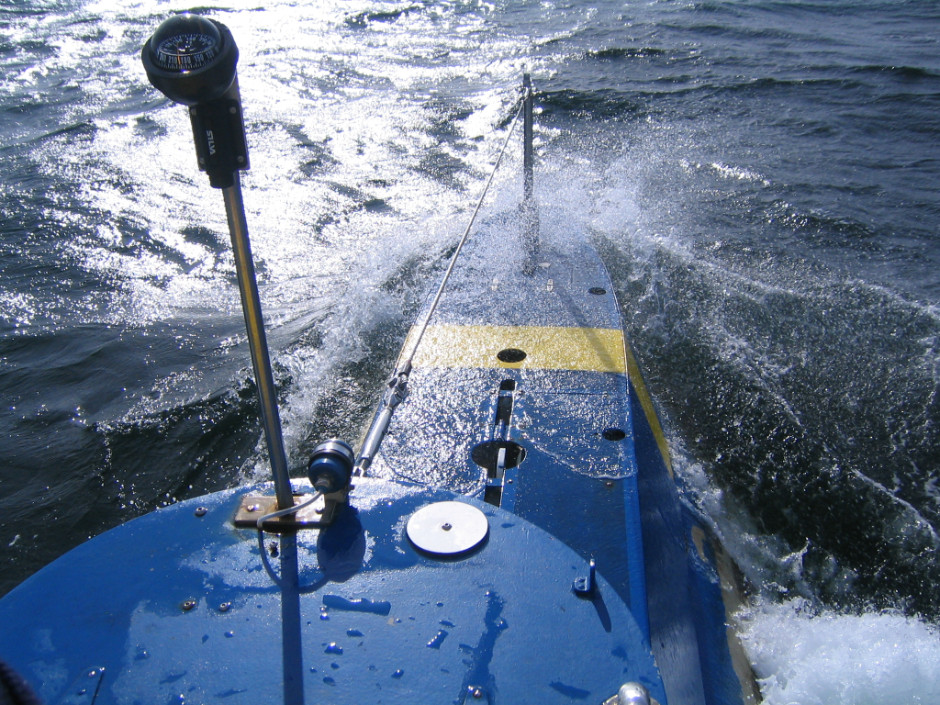
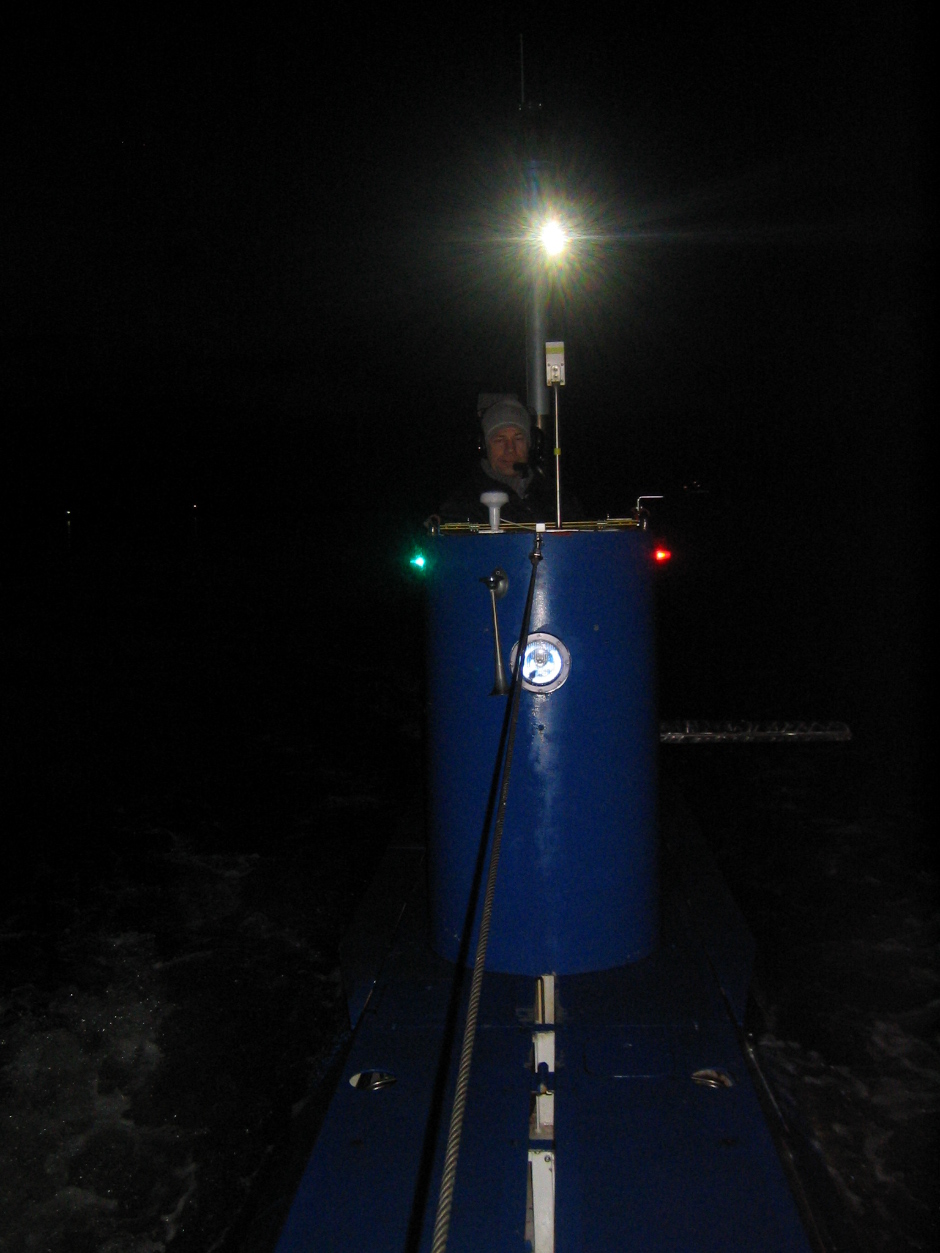
Above: operating the sub on the surface in the night,view of the conning tower.
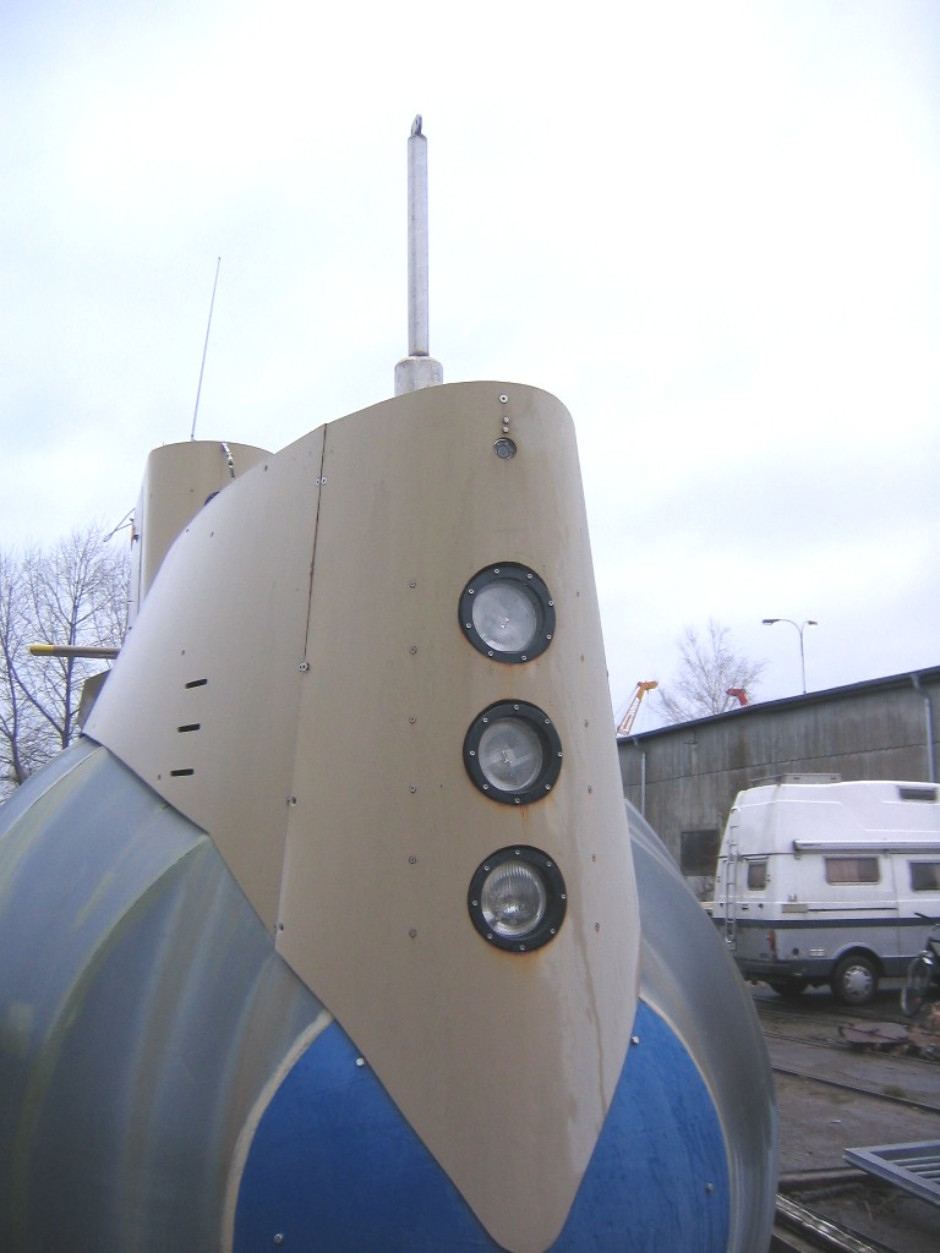
Above: View of the bow showing the three underwater lamps. The lens above them are underwater cameras with the larger one being HDTV. Another forward facing underwater lamp is mounted on the sail. The pinhole in the very nose is a forward facing sonar, and there is a side scan sonar below it (not visible).
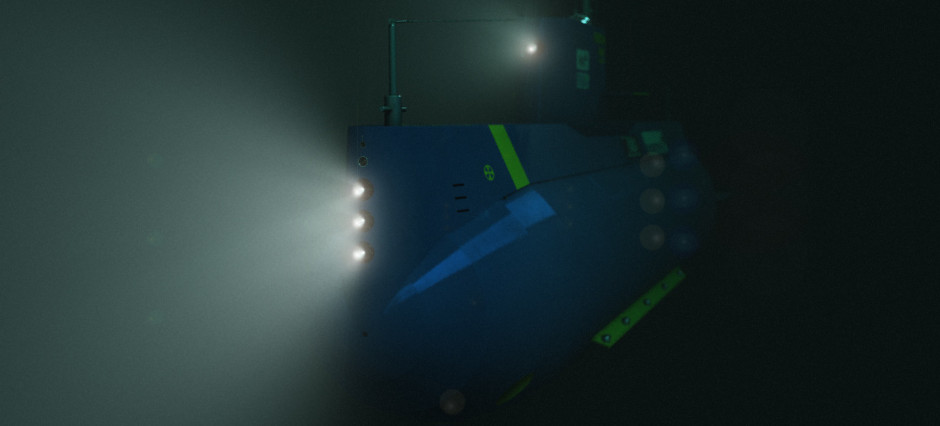
Above: 3d model showing the lights in operation.
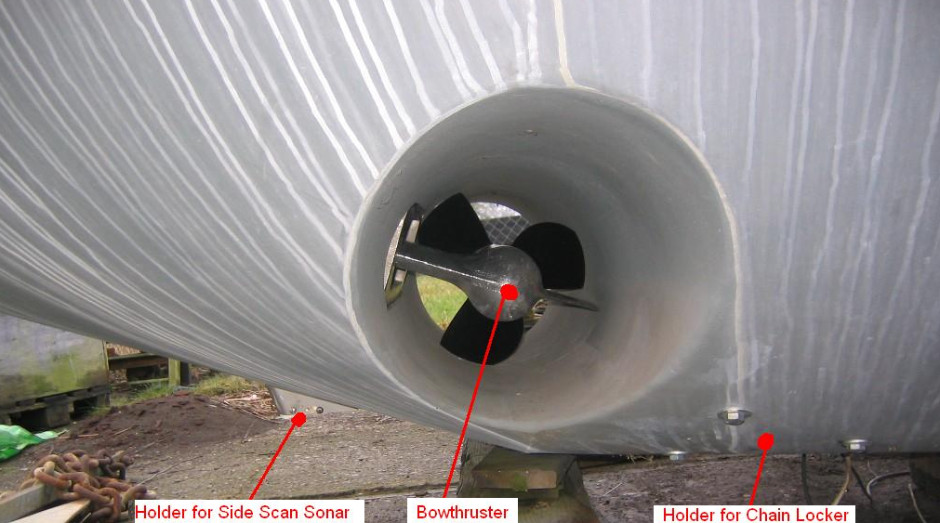
Plans
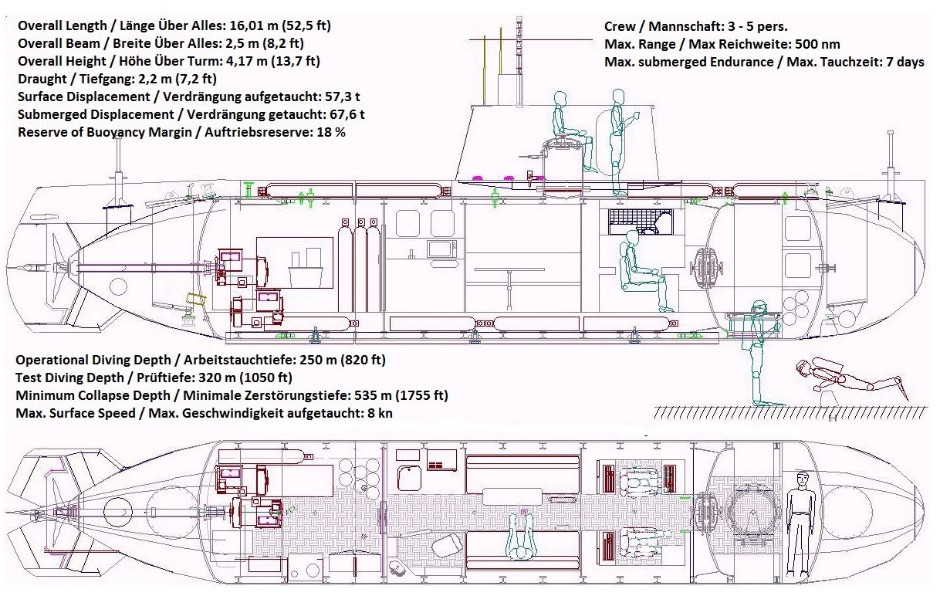
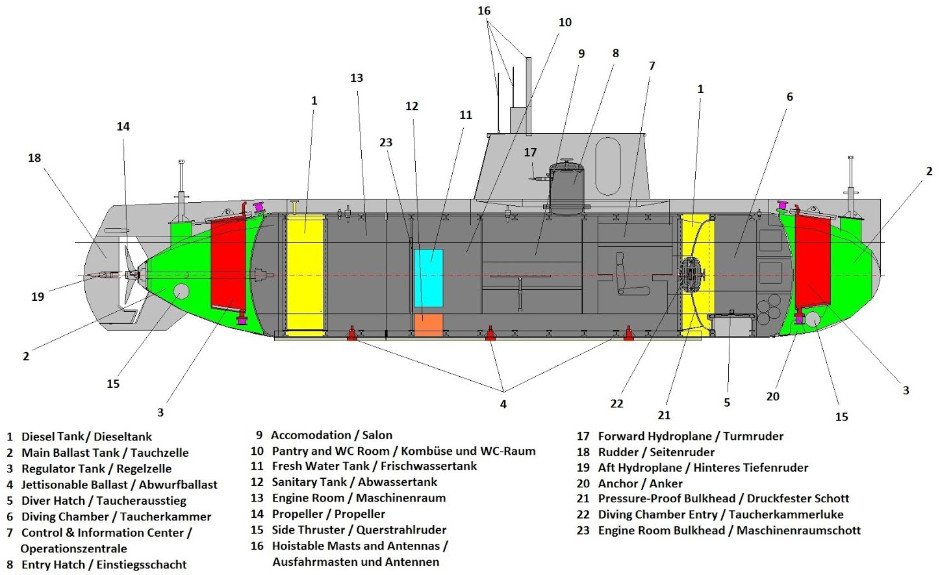
Specification
Displacement (surfaced): 57.3t
Displacement (dived): 67.6t
Length: 16.01m
Height over deck: 2.86m
Beam: 2.50m
Height over tower: 4.17m
Nominal dive depth: 250m
Test dive depth: 320m
Destruction dive depth: >500m
Speed: ca. 8kt
Range: ca. 500nm
Endurance: 7 days
Crew: 3-5 persons
Construction
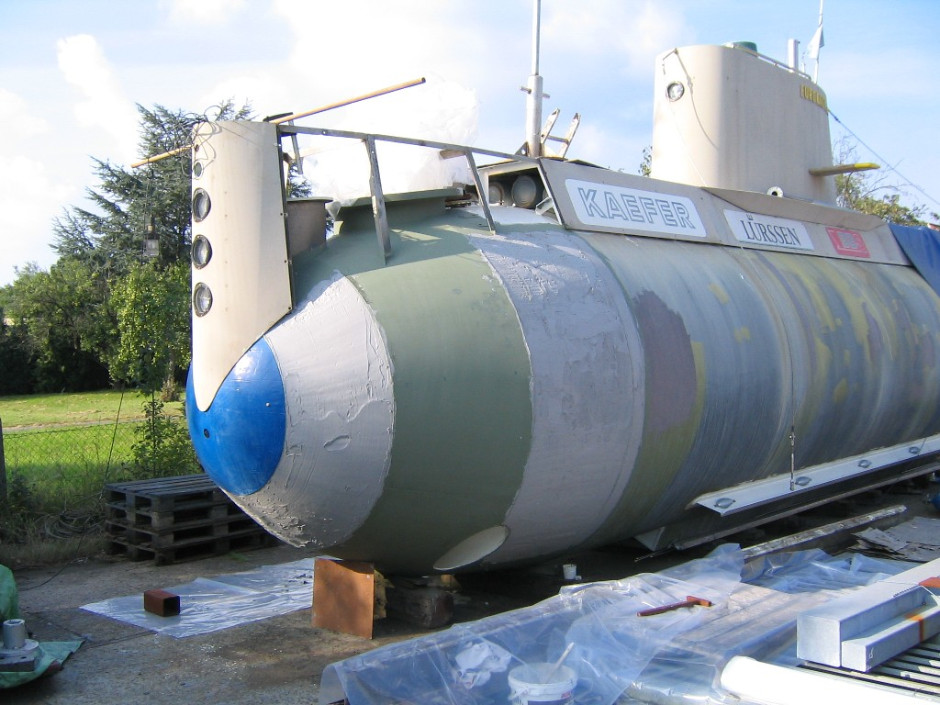
Above and below: The Euronaut really was built in the yard of a house. Not quite a garage - it's too large, but it still counts as one f the most incredible garage-builds imaginable. 